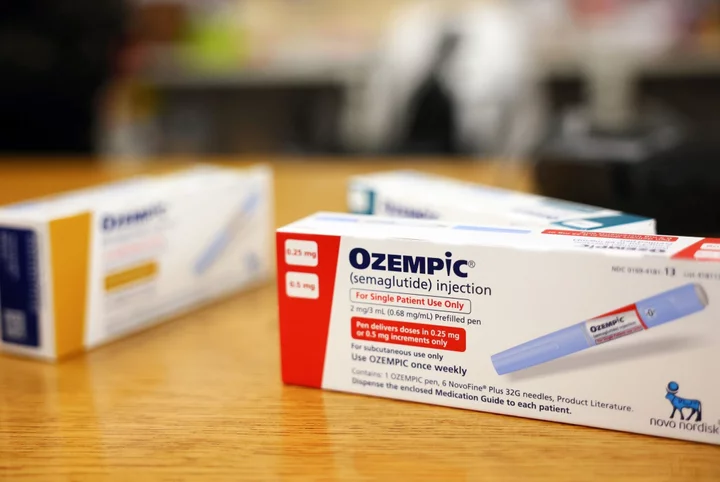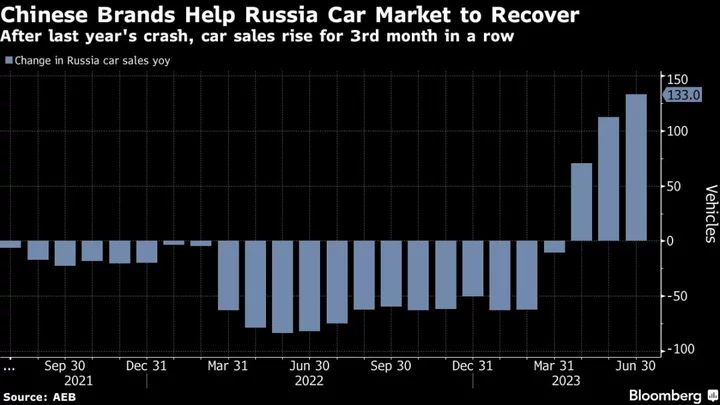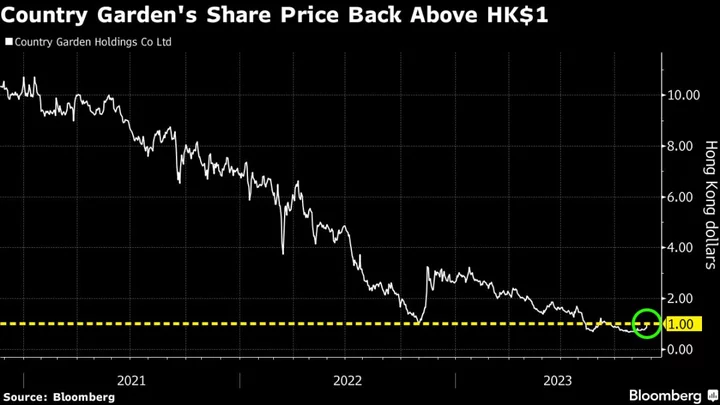The Reserve Bank of India asked banks to increase buffers for some consumer loans as it seeks to check a runaway rise in risky debt in Asia’s third-largest economy.
Risk weights on consumer credit will be raised by 25 percentage points to 125%, the RBI said in a statement Thursday. The decision excludes mortgages, loans for education and cars, and debt backed by gold.
Governor Shaktikanta Das has been exhorting banks to strengthen internal surveillance after data showed unsecured loans are rising almost twice as fast as overall credit.
Analysts said the move will boost borrowing costs and likely impact consumer spending in the economy. Financial stocks slumped on Friday, with the NSE Nifty Bank Index dropping as much as 1.3%.
Lenders will have to increase the price of loans to protect their return on assets, said Suresh Ganapathy, analyst with Macquarie Capital Securities. “The final rules are far more draconian in our view,” he said.
Unlike China, personal consumption in India is a major driver of economic growth. However, individual and government spending is currently disproportionately strong, raising concerns about financial instability.
The measures will hit financial technology firms, who largely rely on unsecured loans for their growth.
“The increase in risk weights for consumer loans is in line with expectations, though an increase in risk weight for lending by banks to non-banks was unexpected,” said Karthik Srinivasan, group head for Financial Sector Ratings at ICRA. Borrowing rates will increase and could also “spill over to corporate bonds by way of higher yields and widening of credit spreads for non-banks,” he said.
RBI’s Actions
- Risk weight on consumer credit exposure of commercial banks (including personal loans, but excluding housing loans, education loans, vehicle loans and loans secured by gold) increased by 25 percentage points to 125%
- Risk weight on consumer credit exposure of non-bank finance companies (excluding housing loans, educational loans, vehicle loans, loans against gold jewelery and microfinance/SHG loans) raised by 25 percentage points to 125%.
- Risk weight of credit card receivables raised by 25 percentage points to 150% for commercial banks and 125% for shadow lenders
- Risk weights on bank credit to NBFCs increased by 25 percentage points in cases where the extant risk weight is below 100%
- All top-up loans against depreciating movable assets, such as vehicles, shall be treated as unsecured loans
Retail loans and bank lending to NBFCs contributed about half of incremental credit in the last 12 months, according to Macquarie’s calculations.
While retail loans grew at 18-20% for the past several months, unsecured retail loan growth has been stronger at over 25% and bank lending to NBFCs has been growing at 30%, it said. In comparison, overall loan growth of banks rose about 20% year on year as of Oct. 20, RBI data showed.
Indians are borrowing record amounts on their credit cards and loading up on other costly debt, as household savings drop to multi-year lows. Household financial assets, including bank deposits, cash and equity investments, dropped to a 16-year low of 5.1% of gross domestic product in the fiscal year ended March, according to the data from the Reserve Bank of India.
--With assistance from Saikat Das.
(Updates with analyst quote)









